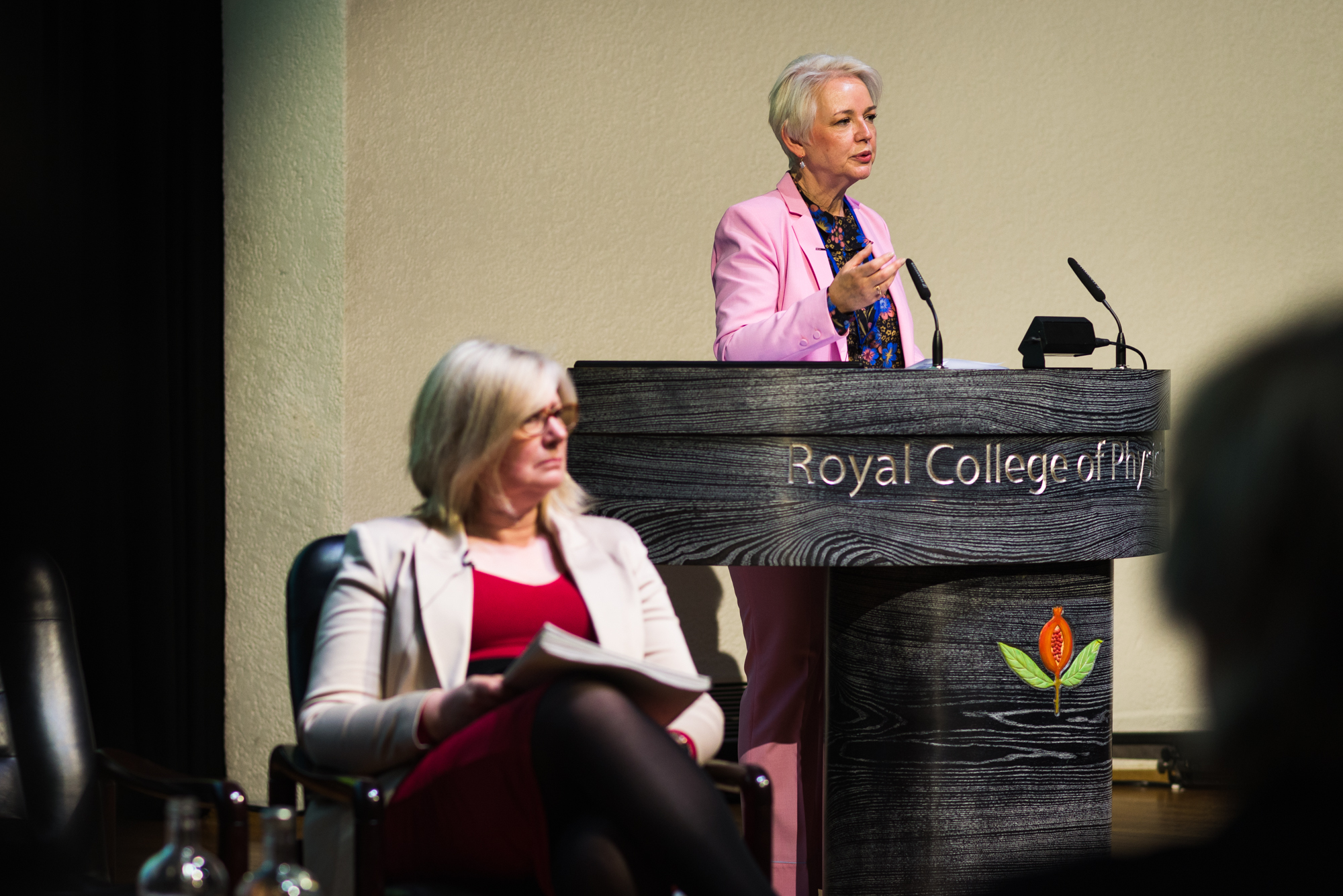“If you can’t measure it, it can’t be worth doing” – this famous (and likely apocryphal) Thatcherite quote accurately explains the current functioning of the market. Students are encouraged to measure their expenditure against their likely future income.
Helen Carasso highlighted the mixed signals within the student finance offer – are students independent adults, or members of a family that supports them? HE is not a straightforward market – HE is a post-experience good.
Another flaw in the current debate is that it focuses on full-time first degree students who graduate – higher education engages with society on a much wider basis. Carasso suggested employers are getting a bargain at the moment, and suggested employers needed to contribute (perhaps by paying back a proportion of a graduate employee’s student loan).

The benefits of HE are often non-financial – in terms of civic engagement and health – so the public debate on the costs of HE needs to move beyond the current system. But there are not simple indicators or statistics that we can encourage policy makers to adopt – but perhaps there could be an impact measure for teaching?
Linda Drew hails from Ravensbourne, England’s newest university and a small, specialist, arts institution with a number of commuter students travelling long distances every day. What matters to her is diversity, inclusivity and social mobility. Her recent Guardian article attracted a great deal of interest – in it she describes Ravensbourne’s “talent first” approach, which is expensive but hugely beneficial for non-traditional students.
She highlighted the experiences of “Chris” – one (of many) successful graduates who were supported via clearing through a difficult first year to a hugely gratifying outcome and significant interest from employers. Another alumnus designed Meghan Markle’s wedding dress.
Drew noted that Nicola Dandridge had said that value for money should be a “richer” concept – and supported the idea that students should not have to be faced with hidden costs. Within the post-18 review, we should not lose sight of what the student perceives.

Sally McGill reported back from a recent BUFDG meeting of finance management. One key question to arise what who should be responsible for explaining to students how the loan system work. There is a real paucity of information in the sector, and each university has to tell their own value for money story – for both students and for the local community.
Universities are extremely complex organisations delivering a range of services. BUFDG have been working on an integrated financial reporting project with Advance HE, which should report in late July. But being a “high cost” institution does not mean that students are better supported.
TRAC has demonstrated that research sees cross-flows (subsidies) from international student fees, and that UK student teaching is largely a break-even business. But this simple summary belies a complex and often subjective reality.
